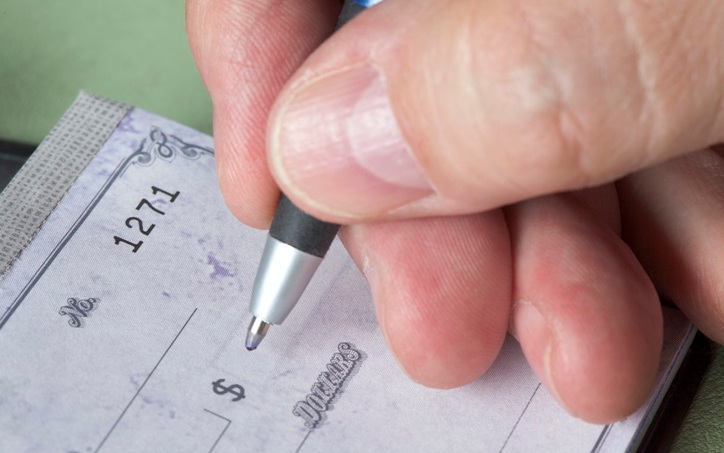Table of Contents

Tenancy deposits are payments that tenants must give to their landlords when they start their tenancy. The deposit amount is typically equivalent to a minimum of one month’s rent, and a maximum of five months’ worth of rent. Once the money is with them, landlords are expected to register it with any of the three government-approved deposit protection schemes. At the end of the tenancy, the landlord is required to return the money to the tenant.
While most landlords diligently return their tenants’ deposits, there are many , particularly the rogue ones, who refuse to refund tenants even if there were no violations of tenancy agreement terms. Landlords can only hold or deduct from deposits if the property has sustained tenant-caused damage. Rogue landlords, however, refuse to return deposits even for no reason. As such, in the past years, the majority of deposit disputes have been due to unreturned tenancy deposits.
Tenancy deposit schemes were first introduced in England and Wales in 2007. Created as one of the provisions of the UK Housing Act 2004, the regulations took effect on April 6 that year. There are several reasons why the government implemented the scheme:
- As a safety measure against tenants who leave the property damaged at the end of their tenancy
- As protection for tenants against conscienceless landlords who take time to or do not return deposits or make unreasonable deductions
- As an avenue for alternative dispute resolution between tenants and landlords who do not want to go to court
Even if tenancy deposits and protection schemes have been implemented for years, a significant portion of the tenant population is still confused or unsure about them. Either they do not have enough information or they are aware but did not know how important deposits are.
If you are about to start (or end) your tenancy, you should know and understand what your landlord’s responsibilities are after you hand over your deposit to them.
Landlord’s tenancy deposit responsibilities
After you give your landlord the tenancy deposit, they have a maximum of 30 days to protect the deposit by registering it with a deposit protection scheme. There are three government-authorised schemes providers:
- Deposit Protection Service
- Tenancy Deposit Scheme
- mydeposits
At the end of the 30-day grace period, if your landlord still has not protected your deposit and does not give you Prescribed Information, they can be penalised and repossessing the property through a Section 21 (eviction) will not be allowed until the landlord has paid the penalty or repaid the deposit.
If your tenancy is about to end and your landlord has not yet protected your deposit, you can file a tenancy protection compensation claim with the help of a legal team. Claims are typically filed 14 days after a tenancy ends.
When should your landlord return your deposit?
Before you can claim your deposit refund from your landlord, be sure to do the following first:
- Ensure you are leaving the property in good condition.
- Be around during checkout inspections.
- Ask your landlord in which protection scheme they registered your deposit.
- Ask your landlord for their complete contact information.
After it has been determined that you did not violate any tenancy agreement terms and are eligible for a refund, your landlord has ten days from the end of the tenancy to give it back to you.
If your landlord has not returned the deposit after 10 days, send them a deposit refund request first before anything else. If there is still no action on their end, you can file a formal complaint and inform your landlord through email. Be sure to include all the vital details. It will help your case if you have documentation in the form of images or photos, videos, receipts, and communication (via email, written correspondence, or SMS).
You can also get in touch with the Housing Ombudsman Service and file a complaint. Again, provide all the necessary details and documentation. Forwarding your complaint to the Ombudsman must be done within six weeks after you received your landlord’s final response to the issue.
Tenancy deposit protection schemes also offer dispute resolution services, where you and your landlord can sit down with an adjudicator to come up with a compromise. Again, evidence and documentation are important and must be freely provided for the adjudicator.
The goal of every dispute resolution service is to come up with a solution that benefits both parties and prevents them from going to court. Additionally, you and your landlord must both agree to use the service before the process can be started.
Tenant deposit protection claims
Some tenants skip the steps mentioned above and go directly to the courts. You can do the same, too, but you must first find a team of experienced solicitors who can guide and help you through the tedious process. You need solicitors who are trained and experts in tenancy deposit protection claims. They should be authorised and regulated by The Solicitors Regulation Authority, such as the team of solicitors are Tenancy Deposit Claims.
Tenancy Deposit Claims’ solicitors are highly experienced with a high-percentage success rate. They are committed to helping tenants like you win against unscrupulous landlords. They will guide and help you every step of the way. Get in touch with the team right away to start your deposit protection compensation claim.







